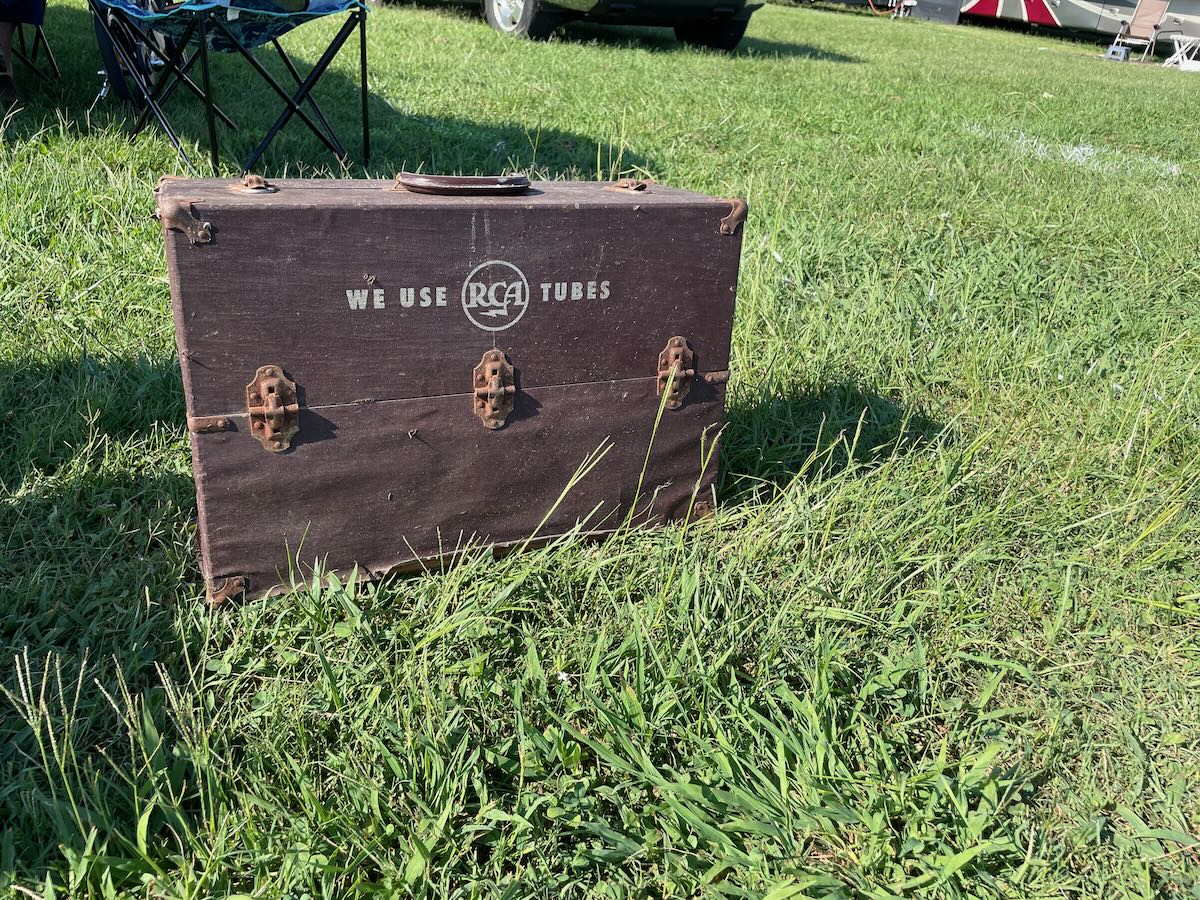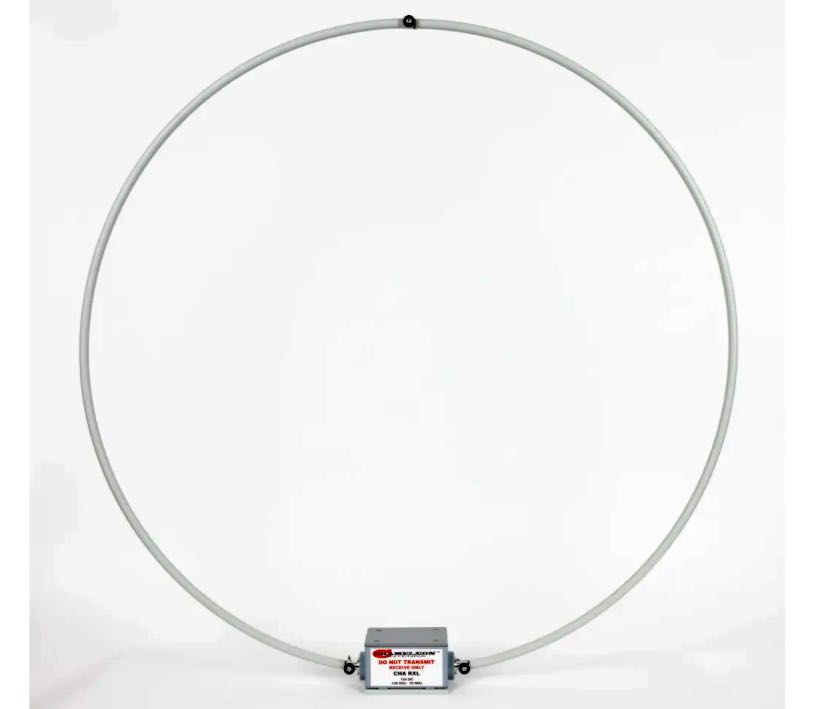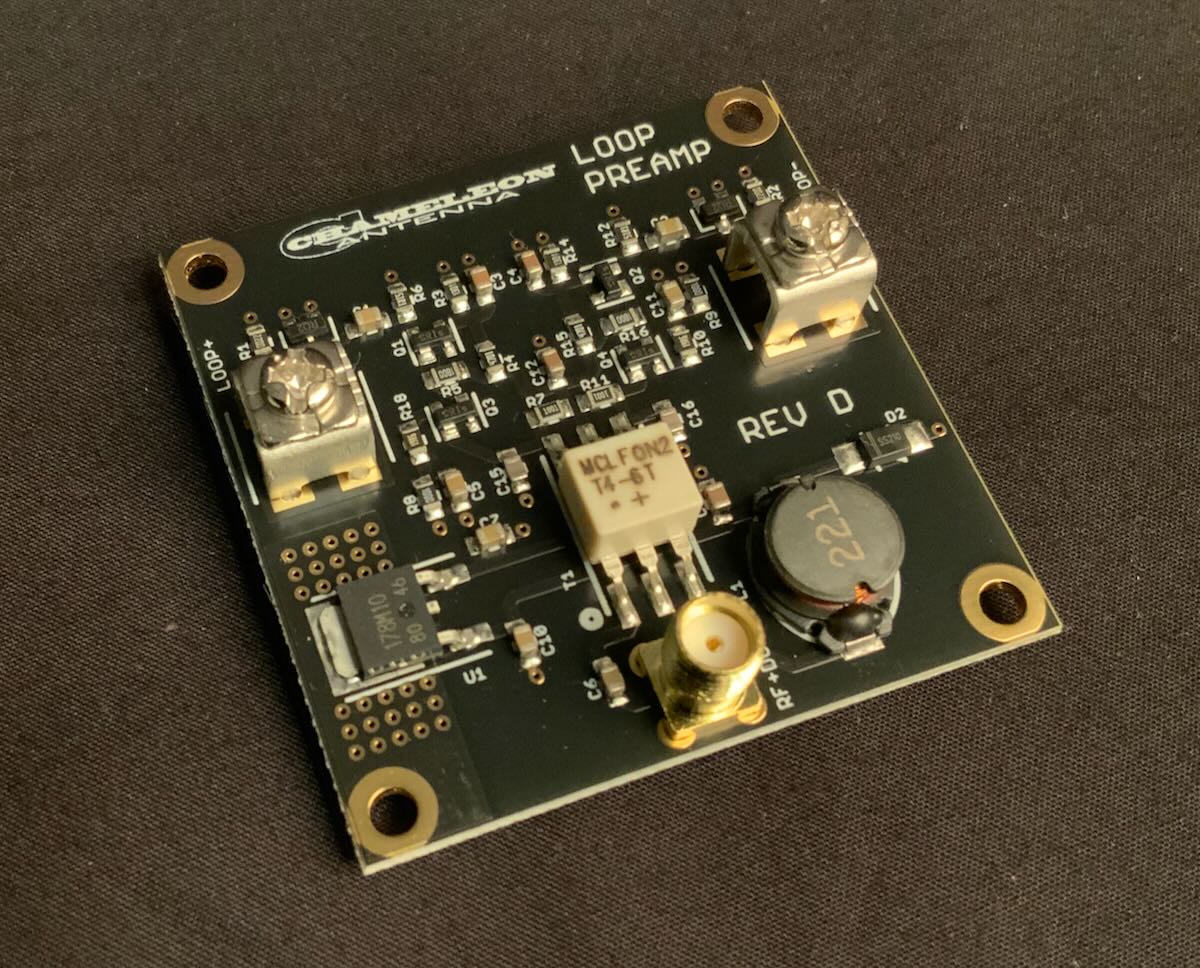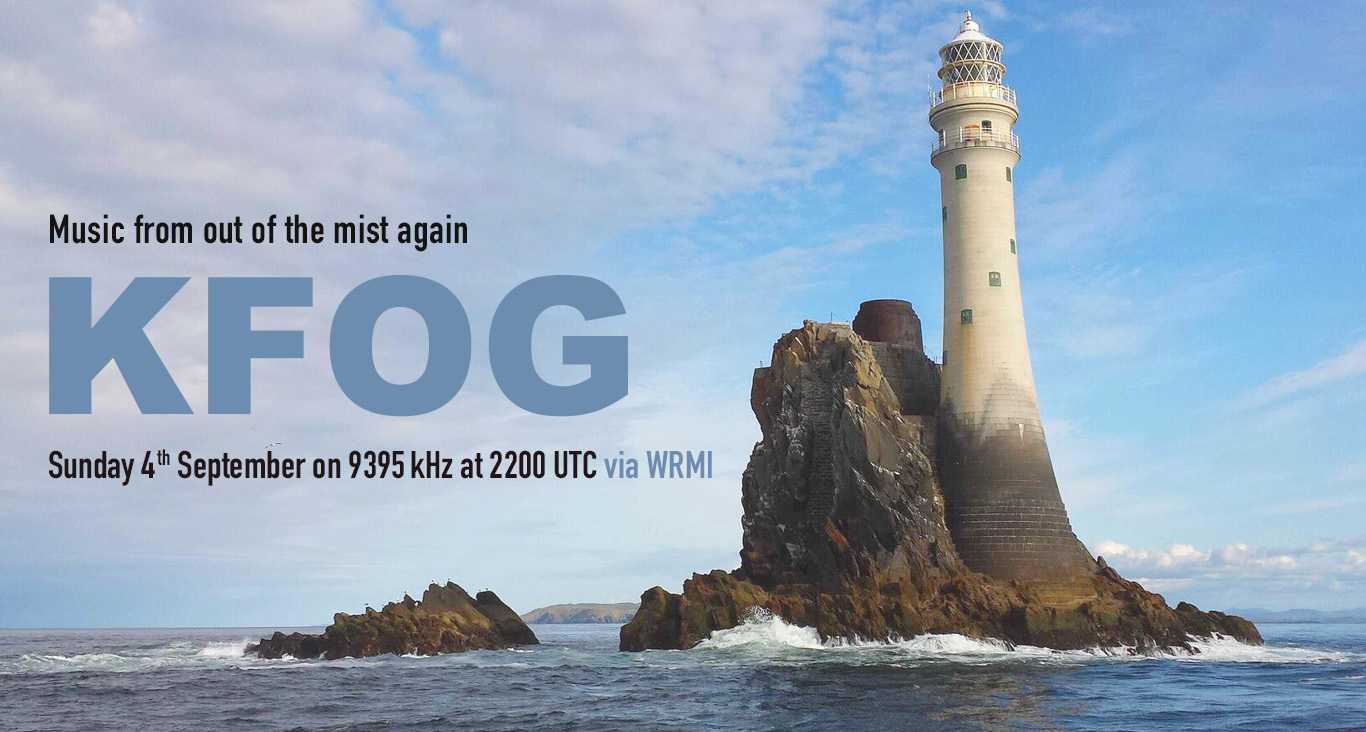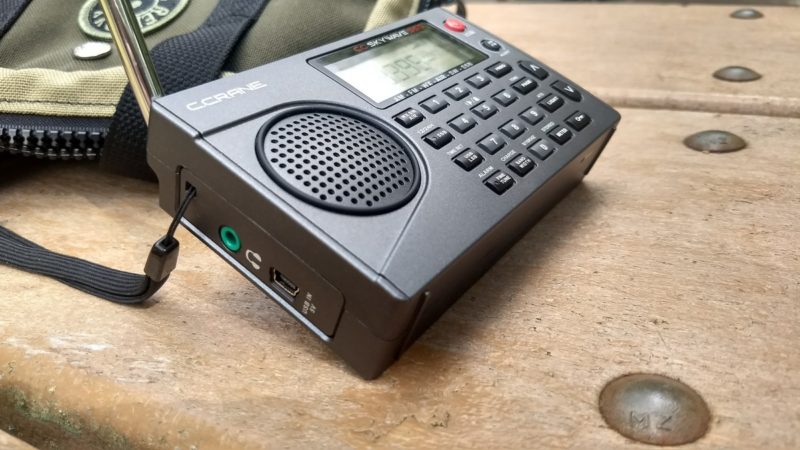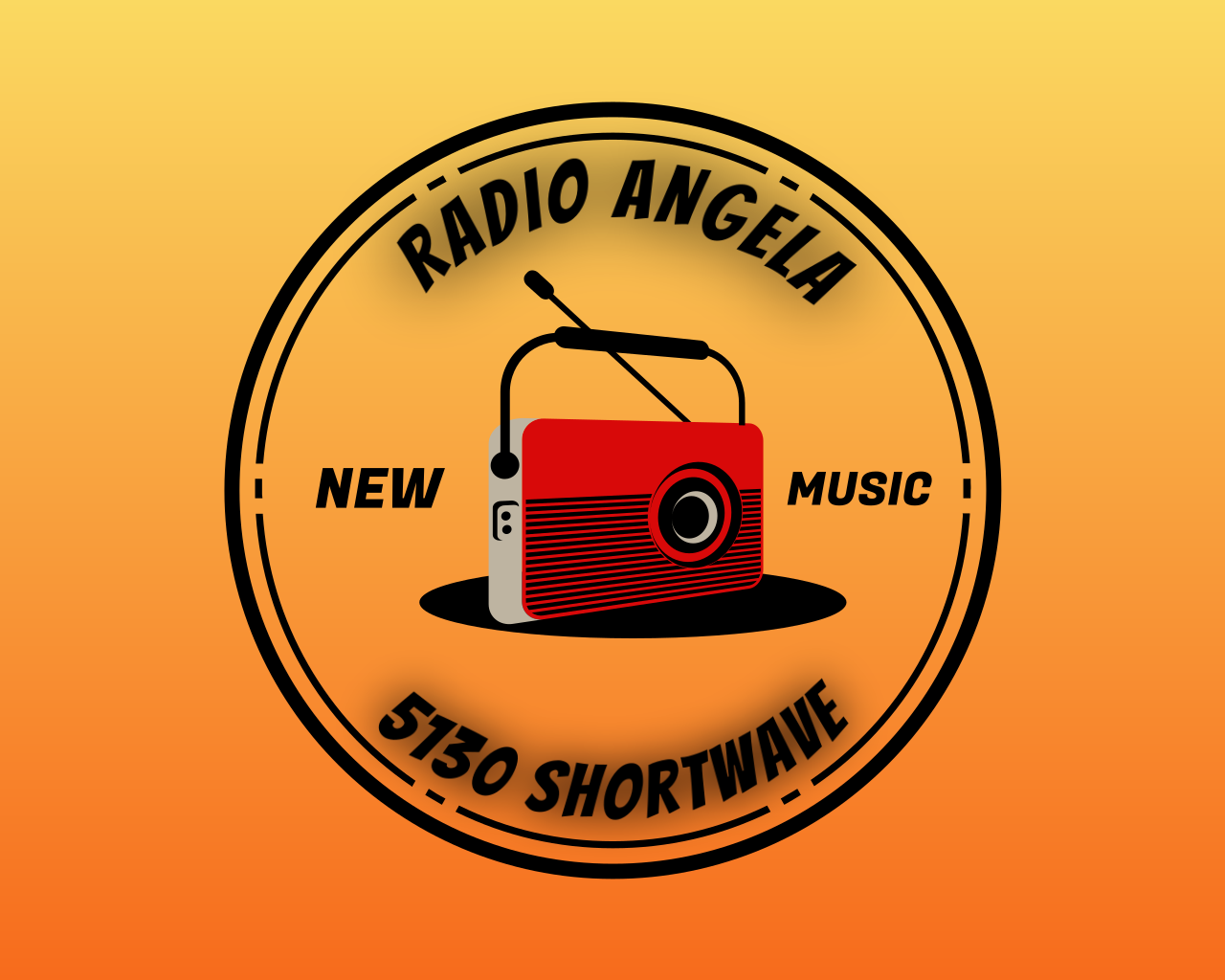Many thanks to SWLing Post contributor, Jerome van der Linden, who shares the following guest post:
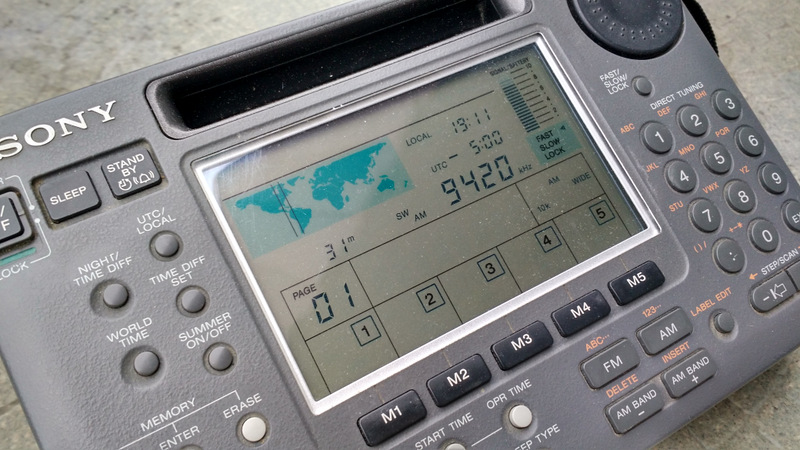 Nothing is so constant as change
Nothing is so constant as change
by Jerome van der Linden
Those of us who have had an interest in broadcasting over many years realize pretty soon that technology is constantly changing. The following relates to the situation where I live in Australia, but I suspect similar things are occurring in other parts of the world, and serve as a constant reminder that we live in a world of change.
When we were in our teens, we had radios that would tune AM and one or more shortwave bands. Hence many of us first heard interstate medium wave stations, and realised that signals there travelled further during darkness hours. Then we switched to SW1 or SW2 and often heard nothing. But persistence paid off and soon we were listening to stations that were in other countries! And when we connected a long wire to the antenna terminal signals improved dramatically. Wasn’t that amazing?
Somewhere in the 70s (I think) our TV stations brought in colour and that too was an amazing change to experience.
Then – somewhat belatedly for us in Australia – FM radio came along and gee the quality of the audio was outstanding! Even my late father was surprised by the clarity with which he could now listen to classical music on our nationwide dedicated ABC Classic FM station. FM also brought with it the introduction of “Community Radio” stations and in more recent years many other types of broadcasters.
Satellite TV came to us in the form of Foxtel: carrying so many different channels it was bewildering. When I realized that the events of 9-11 were telecast live on BBC World (and others), I too decided we should have Foxtel, as I have always been a “news nerd”.
By the late 1990s – having seen a hey day in probably the 60s and 70s – shortwave listening was rapidly becoming a thing of the past, and only hobbyists listened to SW: I remember being asked by another passenger when I was on a South Pacific cruise, what was that I was listening with out on deck? Was it some kind of computer? No, it was just a Sony SW55, and I was listening to Radio Australia.
Then, probably 5 years ago in Australia DAB+ radio was introduced, and whereas we previously had a choice of perhaps 10 to 15 AM & FM radio stations to tune to, suddenly we had a choice of these same stations on DAB radio (in major cities only), PLUS another 10 or 15! We have a phenomenal choice of what to listen to. From a technical view it was amazing to think that all the signals were coming from only one or two transmitters. For those of us with some technical interest it was for a while inconceivable that each station would not have its own transmitter.
Meanwhile, our TV systems have also become digitized in the last couple of years. Not just do we have perhaps three different channels for each commercial network, so 3 commercial networks are now providing probably 9 different programs. On top of that the Government broadcasters (ABC & SBS) have provided not just at least 3 TV channels each, but each of their numerous radio services is now also available on every TV set (eg BBC World Service is available 24/7).
About the same time, with higher internet speeds (ie better data transfers) being available, TV services and radio services are increasingly being streamed into our homes and to our mobile devices, with radio Apps promising they’re “free”, when in fact they do incur a data transfer impact/cost in whatever Internet plan one may have available. Many of the older generation probably don’t even realize what streaming video or sound means, but I think the younger generation is catching on.
Now, to my horror, my favourite DAB music station (“Buddha”) has been making announcements on air saying that the DAB service will be terminated from September 1st, and if I want to continue listening, I must tune in using that Company’s own “LiSTNR” app! Does this mean that listening to what comes over the ether will be a thing of the past? Will we be obliged to pay $x per annum to use a company’s streaming app just to be able to listen to their programs? Whatever is the world coming to?
Our country is, I suspect, very well catered for in terms of media services, and I wonder if we’ve done that too well. I also fear though, that those of us trying to push for reintroduction of shortwave services for remote Northern Territory areas (where streaming apps are a non sense), and for Australia to again broadcast into Pacific territories, may be fighting an uphill battle.
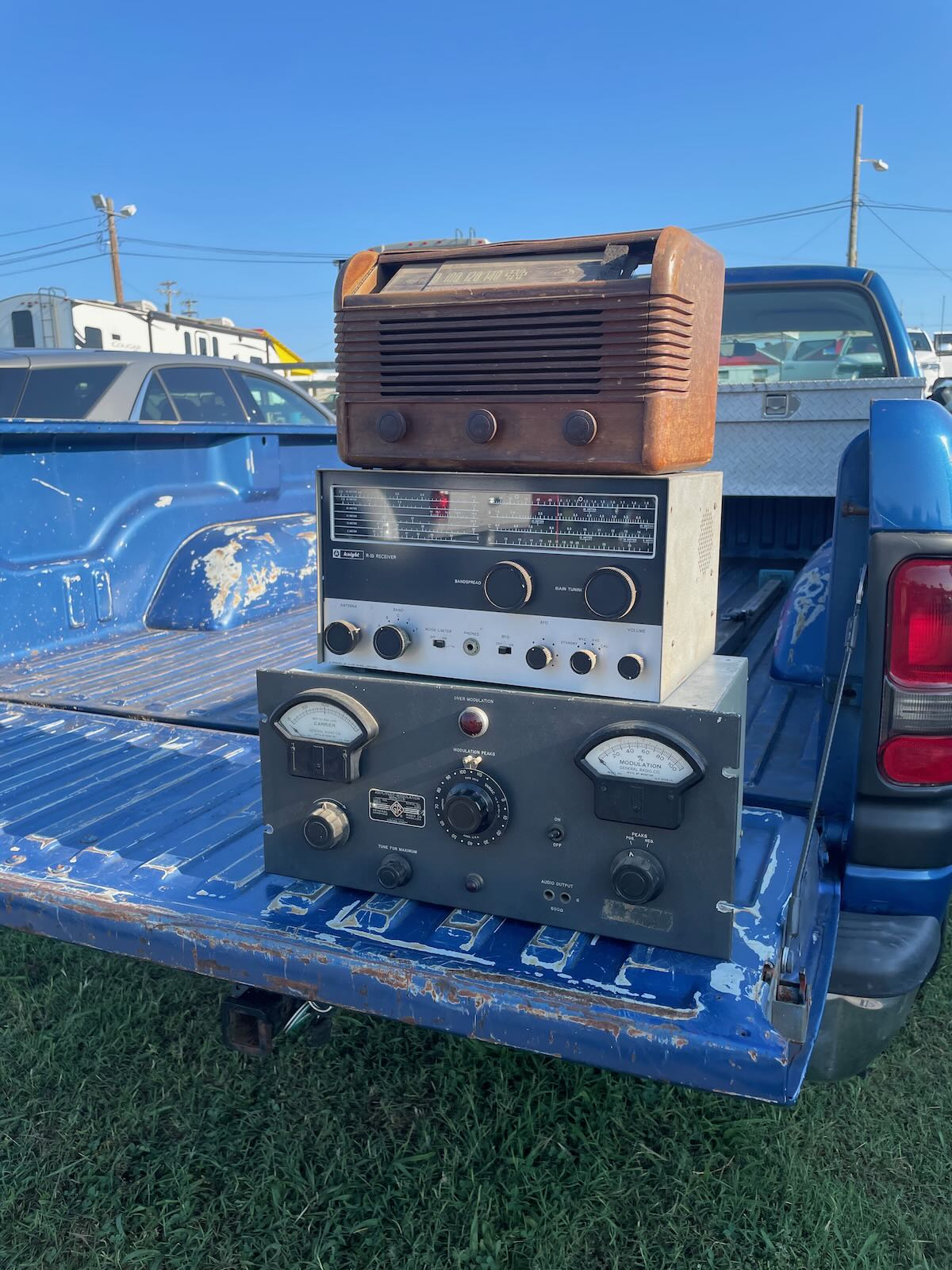 On Friday, September 2, 2022, I had just enough time in my schedule to visit the Shelby Hamfest for a couple of hours.
On Friday, September 2, 2022, I had just enough time in my schedule to visit the Shelby Hamfest for a couple of hours.
